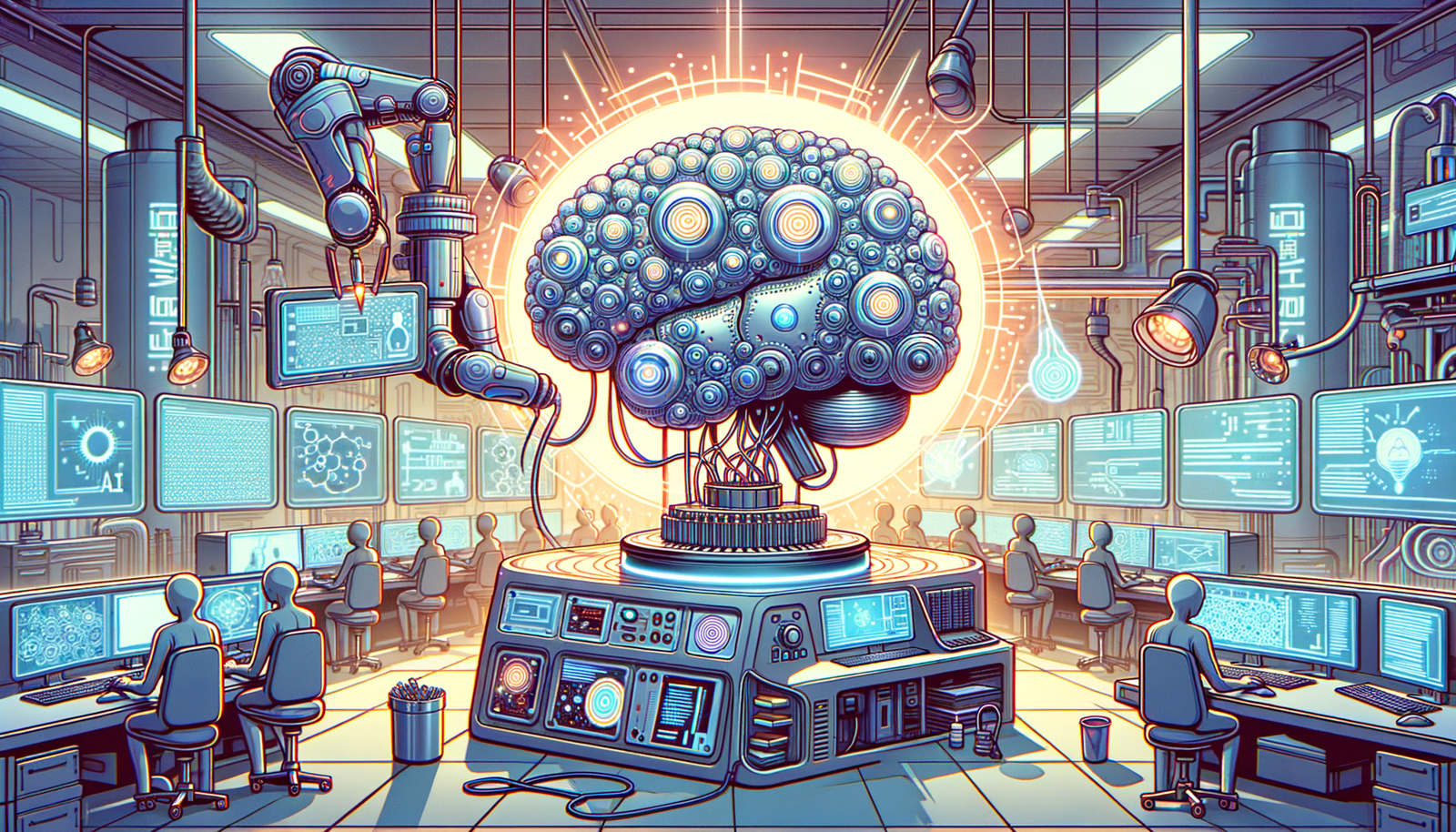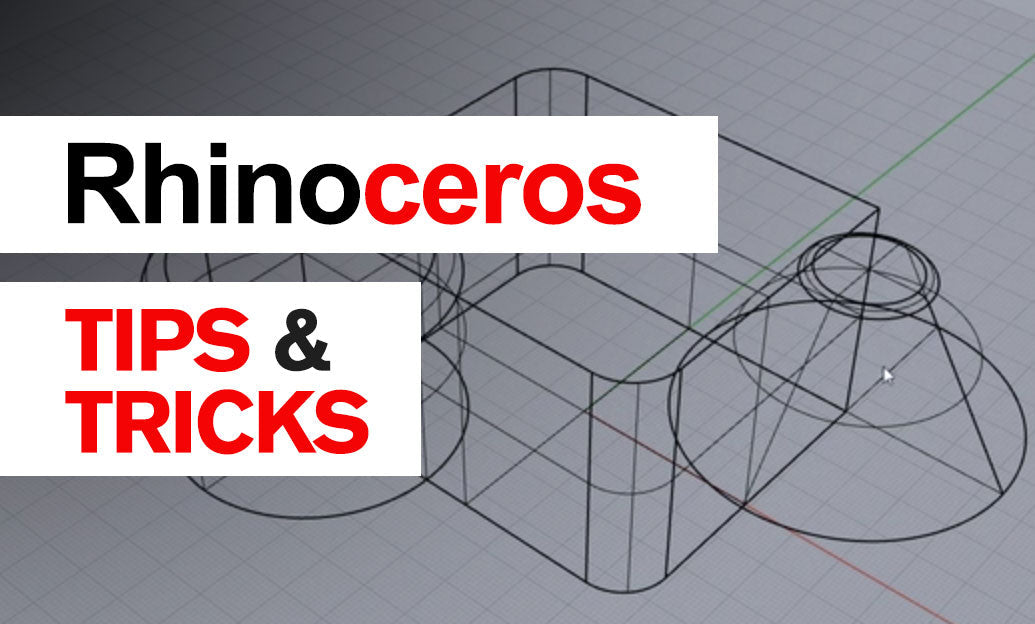Your Cart is Empty
Customer Testimonials
-
"Great customer service. The folks at Novedge were super helpful in navigating a somewhat complicated order including software upgrades and serial numbers in various stages of inactivity. They were friendly and helpful throughout the process.."
Ruben Ruckmark
"Quick & very helpful. We have been using Novedge for years and are very happy with their quick service when we need to make a purchase and excellent support resolving any issues."
Will Woodson
"Scott is the best. He reminds me about subscriptions dates, guides me in the correct direction for updates. He always responds promptly to me. He is literally the reason I continue to work with Novedge and will do so in the future."
Edward Mchugh
"Calvin Lok is “the man”. After my purchase of Sketchup 2021, he called me and provided step-by-step instructions to ease me through difficulties I was having with the setup of my new software."
Mike Borzage
Generative Design: Revolutionizing Product Development with AI
July 10, 2024 2 min read


Introduction to Generative Design
Generative design stands at the forefront of the modern technological revolution in product development. By leveraging the power of artificial intelligence (AI), specifically machine learning and evolutionary algorithms, generative design transcends traditional methodologies to offer unparalleled efficiency and innovation. Unlike conventional approaches that rely heavily on manual input and iterative processes, generative design automates the exploration of a vast design space, generating optimal solutions that fulfill predefined criteria and constraints.
How Generative Design Works
The process of generative design begins with the definition of a design problem, including the specification of goals, constraints, and parameters. Following this, AI algorithms generate a multitude of design options, evaluating each against the defined criteria. This step employs a mix of machine learning techniques and evolutionary strategies to iteratively refine and evolve designs towards the best possible solution. Key to this process is the consideration of:
- Design constraints and objectives
- Material properties and usage
- Manufacturing methods and constraints
Software platforms like Autodesk Fusion 360, Siemens NX, and Dassault Systèmes' CATIA play pivotal roles in facilitating generative design, offering powerful tools that automate and streamline the exploration of design possibilities.
Advantages of Generative Design in Product Development
Generative design brings to the table a host of advantages that significantly benefit product development. Among these, the ability to rapidly explore thousands of design alternatives stands out, allowing designers and engineers to uncover solutions that might not be immediately apparent through conventional methods. This capability not only fuels innovation but also contributes to cost reduction and performance improvement, by identifying designs that optimize the use of materials and enhance product functionality. Furthermore, generative design champions sustainability by ensuring efficient material use and optimizing designs for energy-efficient manufacturing processes.
Real-World Applications and Future Potentials
The impact of generative design is already evident across a variety of industries. From aerospace to automotive, and consumer goods, companies are harnessing its power to innovate, reduce costs, and solve complex engineering challenges. For instance, in the aerospace industry, generative design is used to create lightweight components that withstand extreme conditions while minimizing material waste, thereby enhancing fuel efficiency and reducing emissions.
The synergy between generative design and additive manufacturing (3D printing) is particularly noteworthy. This combination unlocks the potential for manufacturing complex geometries that would be impossible or prohibitively expensive with traditional methods. Looking forward, the possibilities are boundless. As AI technologies evolve, so too will the capabilities of generative design, expanding its role in product development and opening up new avenues for innovation and efficiency.
In conclusion, generative design is not just revolutionizing product development; it is redefining what is possible. Through its intelligent exploration of design spaces, optimization for performance and sustainability, and integration with cutting-edge manufacturing techniques, generative as design is setting a new standard for the future of engineering and design.
Also in Design News

Rhino 3D Tip: ReplaceBlock: Batch update block instances from external files while preserving transforms
December 23, 2025 2 min read
Read More
Design Software History: Collaboration in Design Software: From File-Based PDM to Cloud-Native Co-Editing and Design Threads
December 23, 2025 9 min read
Read More
End-to-End Encryption for CAD/PLM: Protecting Design IP in Cloud Workflows
December 23, 2025 13 min read
Read MoreSubscribe
Sign up to get the latest on sales, new releases and more …


